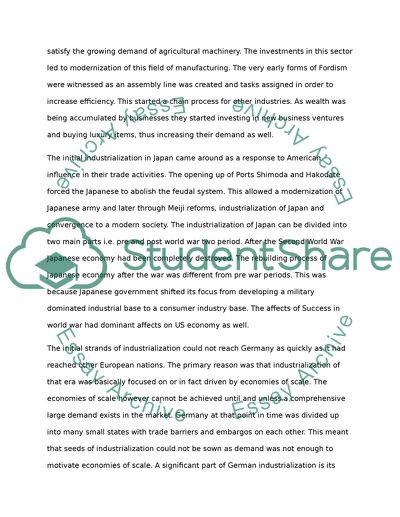Cite this document
(The Political Economy of the Worlds Capitalisms Book Report/Review - 1, n.d.)
The Political Economy of the Worlds Capitalisms Book Report/Review - 1. Retrieved from https://studentshare.org/history/1735149-does-the-theory-of-late-industrialization-explain-national-differences-in-the-institutional-and-organizational-characteristics-of-contemporary-business-can-these-ideas-also-explain-variations-in-economic-performance
The Political Economy of the Worlds Capitalisms Book Report/Review - 1. Retrieved from https://studentshare.org/history/1735149-does-the-theory-of-late-industrialization-explain-national-differences-in-the-institutional-and-organizational-characteristics-of-contemporary-business-can-these-ideas-also-explain-variations-in-economic-performance
(The Political Economy of the Worlds Capitalisms Book Report/Review - 1)
The Political Economy of the Worlds Capitalisms Book Report/Review - 1. https://studentshare.org/history/1735149-does-the-theory-of-late-industrialization-explain-national-differences-in-the-institutional-and-organizational-characteristics-of-contemporary-business-can-these-ideas-also-explain-variations-in-economic-performance.
The Political Economy of the Worlds Capitalisms Book Report/Review - 1. https://studentshare.org/history/1735149-does-the-theory-of-late-industrialization-explain-national-differences-in-the-institutional-and-organizational-characteristics-of-contemporary-business-can-these-ideas-also-explain-variations-in-economic-performance.
“The Political Economy of the Worlds Capitalisms Book Report/Review - 1”, n.d. https://studentshare.org/history/1735149-does-the-theory-of-late-industrialization-explain-national-differences-in-the-institutional-and-organizational-characteristics-of-contemporary-business-can-these-ideas-also-explain-variations-in-economic-performance.


